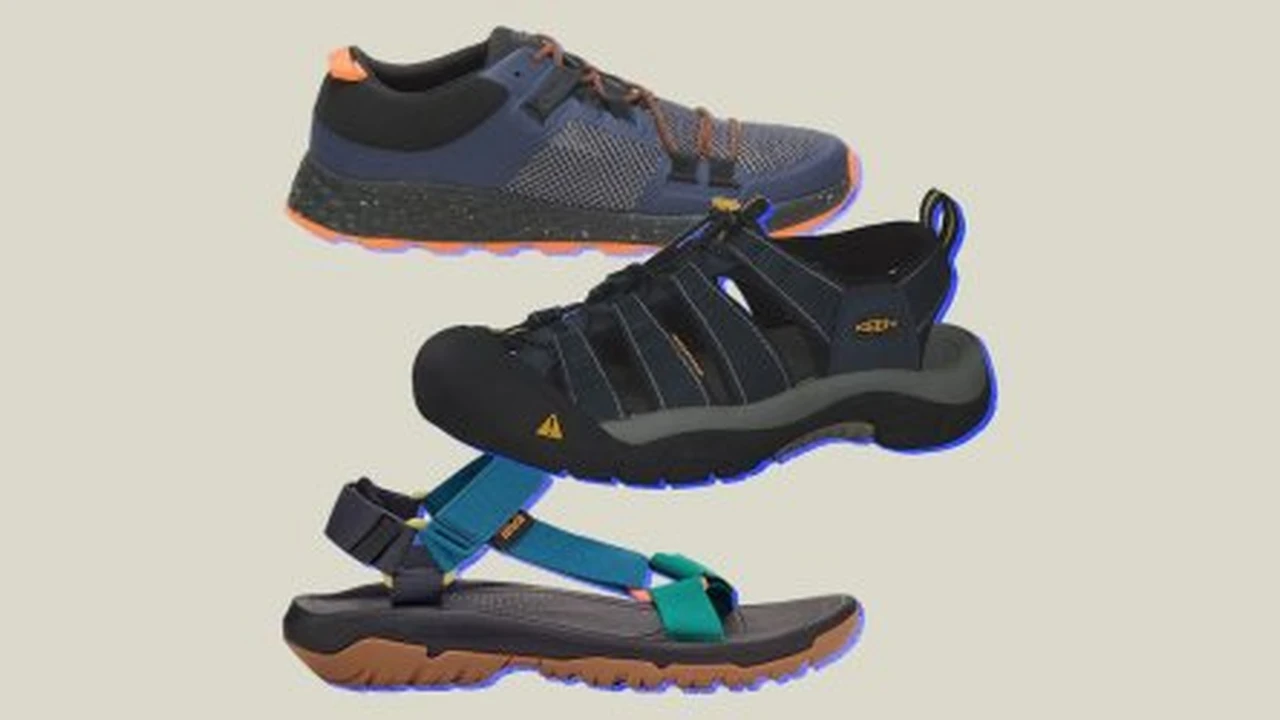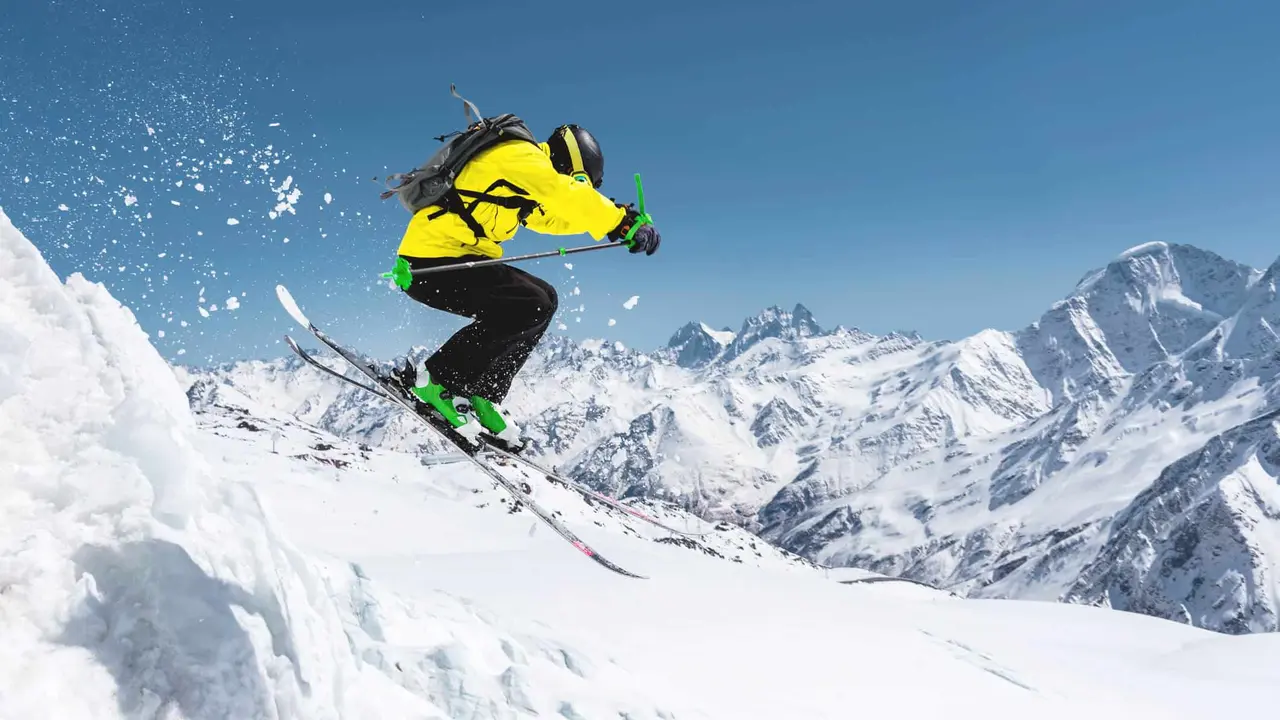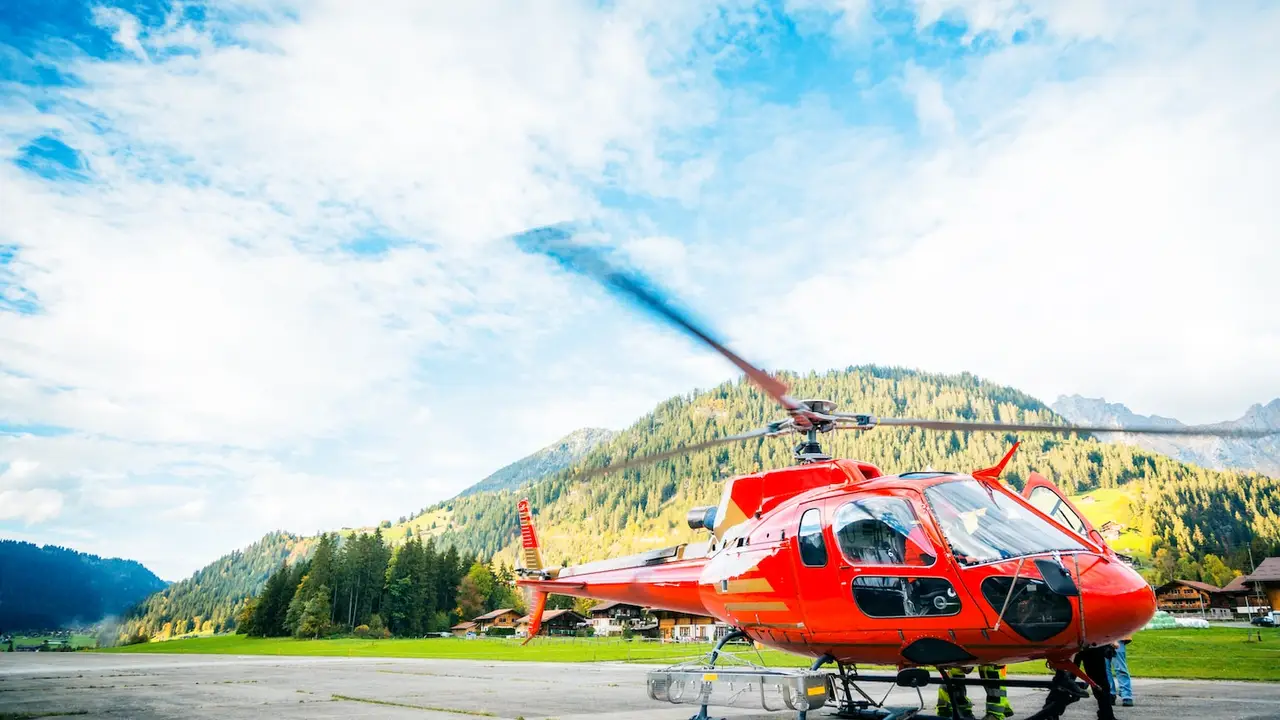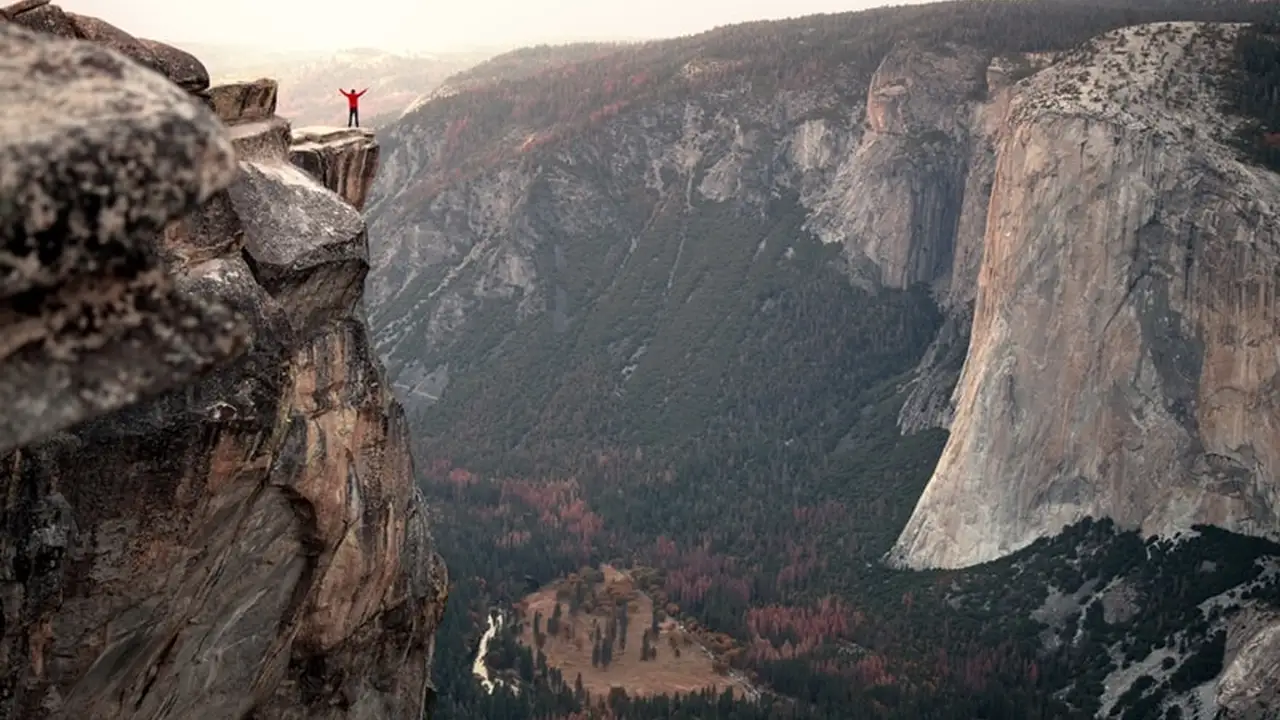Best Adventure Footwear for Water Sports
{ "article": [ { "title": "Best Adventure Footwear for Water Sports", "meta_description": "Find the best adventure footwear for water sports. Quick-drying, grip, and comfort for kayaking, rafting, and more.", "content": "Find the best adventure footwear for water sports. Quick-drying, grip, and comfort for kayaking, rafting, and more. When you're out on the water, whether it's kayaking, rafting, paddleboarding, or even just exploring rocky shorelines, the right footwear can make all the difference. It's not just about comfort; it's about safety, grip, and protecting your feet from sharp objects, hot surfaces, or cold water. Traditional sneakers get waterlogged and heavy, while flip-flops offer zero protection or stability. That's where specialized water sports footwear comes in.\n\n

Understanding Water Shoe Types and Their Uses
\n\nWater sports footwear isn't a one-size-fits-all category. There's a wide range of designs, each suited for different activities and conditions. Understanding these types will help you narrow down your choices.\n\nWater Shoes for Kayaking and Canoeing
\n\nFor kayaking and canoeing, you'll want something that's easy to get on and off, offers good grip on slippery surfaces (like boat ramps or wet rocks), and drains quickly. Protection from sharp objects inside the boat or on the shore is also key. You might be sitting for long periods, so comfort is paramount.\n\nWater Shoes for Rafting and White Water Sports
\n\nWhite water rafting demands maximum grip, excellent foot protection, and secure fit. You'll be dealing with strong currents, slippery rocks, and potentially submerged hazards. Durability is also a major factor, as these shoes will take a beating.\n\nWater Shoes for Paddleboarding SUP and Beach Activities
\n\nFor stand-up paddleboarding (SUP) or general beach activities, you're looking for something lightweight, quick-drying, and comfortable for walking on sand or smooth rocks. Grip on the board is important for SUP, and breathability is a plus for warm weather.\n\nWater Shoes for Fishing and Boating
\n\nAnglers and boaters need shoes with superior non-marking grip to prevent slips on wet decks. Quick-drying materials are essential, and some might prefer a more enclosed design for protection from hooks or dropped gear.\n\nKey Features to Look for in Water Sports Footwear
\n\nWhen evaluating different models, keep these critical features in mind:\n\nSuperior Grip and Traction for Wet Surfaces
\n\nThis is arguably the most important feature. Look for outsoles made from specialized rubber compounds designed for wet traction. Patterns like siping (small slits in the sole) or multi-directional lugs enhance grip on slippery rocks, boat decks, and riverbeds.\n\nQuick Drying Materials and Drainage Systems
\n\nNobody wants soggy feet. Opt for synthetic materials like mesh, neoprene, or quick-drying synthetics that shed water efficiently. Integrated drainage ports or perforated insoles allow water to escape quickly, preventing discomfort and reducing drying time.\n\nComfort and Fit for Extended Wear
\n\nA comfortable fit is crucial, especially if you'll be wearing them for hours. Look for adjustable closures (laces, bungee cords, hook-and-loop straps) to ensure a snug fit. Padded collars and breathable linings contribute to overall comfort. Make sure there's enough room for your toes without being too loose.\n\nFoot Protection from Hazards and Debris
\n\nWater environments often hide sharp rocks, shells, or submerged branches. A robust toe cap and a sturdy sole provide essential protection. Some shoes offer additional side protection or ankle support, which can be beneficial for more rugged activities.\n\nDurability and Longevity in Aquatic Environments
\n\nWater, sun, and abrasive surfaces can be tough on footwear. Look for reinforced stitching, durable synthetic uppers, and high-quality rubber outsoles that can withstand repeated exposure to the elements.\n\nTop Product Recommendations for Various Water Sports
\n\nLet's dive into some specific product recommendations that excel in different water sports scenarios. We'll compare their features, ideal uses, and approximate pricing.\n\nBest Overall Water Shoe: Astral Loyak
\n\nThe Astral Loyak is a fan favorite for a reason. It's incredibly versatile, lightweight, and offers excellent performance across a range of activities. The Flex-Grip™ outsole provides exceptional traction on wet and dry surfaces, making it ideal for everything from kayaking to casual river walks. The quick-drying canvas upper and drainage holes ensure your feet stay comfortable. It's also designed to be low-volume, so it fits well in kayaks and rafts.
\n- \n
- Ideal Use: Kayaking, SUP, casual river/lake activities, light hiking, travel. \n
- Key Features: Flex-Grip™ outsole, quick-drying canvas, balanced geometry for stability, low-volume design. \n
- Pros: Excellent grip, very comfortable, stylish enough for casual wear, quick-drying. \n
- Cons: Not as much toe protection as some more rugged options, might not be warm enough for cold water. \n
- Approximate Price: $90 - $100 USD \n
Best for White Water Rafting: NRS ATB Wetshoe
\n\nWhen you're tackling serious rapids, you need serious protection and grip. The NRS ATB Wetshoe is built for the demands of white water. Its high-top design offers ankle support, while the thick, aggressive sole provides superior traction on slippery rocks and boat floors. The 3mm neoprene upper provides insulation for colder water, and the armored toe and heel offer robust protection against impacts. The side zipper makes it easy to get on and off, even when wet.
\n- \n
- Ideal Use: White water rafting, kayaking, canyoning, cold water activities. \n
- Key Features: 3mm neoprene, high-traction sole, armored toe/heel, side zipper, ankle support. \n
- Pros: Excellent protection, superior grip in challenging conditions, good insulation, very durable. \n
- Cons: Bulkier than other options, slower to dry due to neoprene. \n
- Approximate Price: $80 - $95 USD \n
Best for SUP and Beach: Xero Shoes Aqua X Sport
\n\nFor stand-up paddleboarding, beach walks, or light water activities, the Xero Shoes Aqua X Sport offers a minimalist, lightweight, and incredibly flexible option. Designed with a wide toe box and zero-drop sole, it promotes natural foot movement and ground feel. The quick-drying mesh upper and drainage holes keep things light and airy, while the FeelTrue® rubber sole provides good grip on boards and wet surfaces. It's also vegan-friendly.
\n- \n
- Ideal Use: SUP, beach walking, light swimming, casual water activities, travel. \n
- Key Features: Minimalist design, wide toe box, zero-drop, quick-drying mesh, FeelTrue® rubber sole. \n
- Pros: Extremely lightweight, flexible, excellent ground feel, quick-drying, comfortable for long periods. \n
- Cons: Minimal protection from sharp objects, not ideal for rugged terrain or cold water. \n
- Approximate Price: $120 - $130 USD \n
Best Budget-Friendly Option: Speedo Men's Water Shoe Surfwalker Pro 3.0
\n\nIf you're looking for a reliable water shoe without breaking the bank, the Speedo Surfwalker Pro 3.0 is a solid choice. It offers a comfortable, sock-like fit with a quick-drying mesh upper and a durable S-TRAC outsole for good grip. While it might not have all the advanced features of higher-end models, it's perfectly adequate for casual beach days, pool use, or light water activities. It's easy to pack and provides basic foot protection.
\n- \n
- Ideal Use: Beach, pool, casual water activities, light boating. \n
- Key Features: Quick-drying mesh, S-TRAC outsole, pull-on design, comfortable fit. \n
- Pros: Very affordable, lightweight, quick-drying, easy to pack. \n
- Cons: Less aggressive grip than specialized shoes, minimal arch support, less durable than premium options. \n
- Approximate Price: $25 - $35 USD \n
Best for Fishing and Boating: Columbia PFG Bahama Vent PFG
\n\nFor anglers and boaters, the Columbia PFG Bahama Vent PFG shoe is designed with deck safety in mind. The Omni-Grip™ Wet Grip outsole provides exceptional traction on slippery boat decks, and the vented midsole allows for rapid drainage and airflow, keeping your feet cool and dry. The stain-resistant upper is a huge plus for fishing, and the comfortable, supportive fit makes it suitable for long days on the water.
\n- \n
- Ideal Use: Fishing, boating, casual dockside wear, warm weather water activities. \n
- Key Features: Omni-Grip™ Wet Grip outsole, vented midsole, stain-resistant upper, comfortable fit. \n
- Pros: Excellent non-marking grip, very breathable, quick-drying, comfortable for long wear. \n
- Cons: Less protection than a full wetshoe, not designed for rugged terrain. \n
- Approximate Price: $70 - $85 USD \n
:max_bytes(150000):strip_icc()/277019-baked-pork-chops-with-cream-of-mushroom-soup-DDMFS-beauty-4x3-BG-7505-5762b731cf30447d9cbbbbbf387beafa.jpg)






